Leave No Trace interview: Director Debra Granik and lead actress Thomasin McKenzie discuss the importance of collaboration
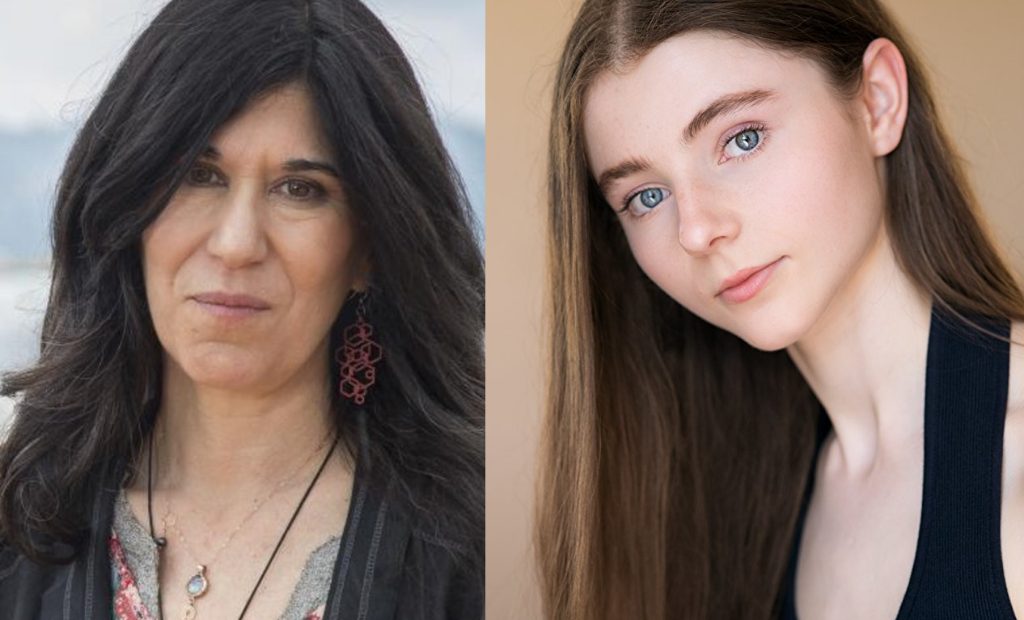
After the success of her sophomore feature Winter’s Bone, and following her documentary debut with Stray Dog in 2014, Debra Granik returns with her third narrative feature, Leave No Trace. Army vet Will (Ben Foster) and his 13-year-old daughter Tom (Thomasin McKenzie) have been living undetected and off the grid in a forest outside of Portland, Oregon until a chance encounter blows their cover and they’re forced to reckon with the rules of a society they choose not to abide by. This breathtaking film strikes a beautiful balance, showcasing a regional story and a decidedly complex relationship between a father and his daughter and communities on the fringes of society. We sat down with the director and leading actress after the film’s Cannes premiere in the Director’s Fortnight selection to discuss the feature, its inspirations and its role as a piece of American culture.
We were just talking with Ben and the word “balance” came up a lot when describing this movie. Especially in terms of its relationship with nature, it’s impressive the way the film is shot. How did you create this environment and how did you work with your cinematographer to realise this?
Debra Granik: The second part of your question has to engulf the whole, because we didn’t create any of it. The forest was in its glory. It rains like crazy out there and when the leaves are wet they’re reflective and lenses love that kind of thing. We enjoy what lenses do for us so much because it’s all what we can’t see with the human eye. You can go on a macro shot and then a spider’s web can be projected so that it actually towers above you. That’s not something we can do with our own lenses so it’s really an amplification and almost a glorification [of nature]. The DP we worked with is a close collaborator of mine and I think you [Thomasin] became very fond of Michael because he’s a very exuberant photographer and has a wonderful spirit. He always wants to try many things.
Thomasin McKenzie: Michael McDonough was amazing! I think it’s important to have a good relationship with the cinematographer because you’re often really intimate with him. He’s really up close and in your face; it’s not someone you don’t want to like. You want to like the cinematographer and he did an amazing, beautiful job.
DG: He picked some lenses that would do really good work to show a contrast between the built world versus the natural world. He did a lot of thinking about what those lens sets would be.
Your previous film also dealt with nature in a similar way. Can you speak about your relationship to nature? Was it part of your upbringing?
DG: No, I’m an urban/suburban person, but maybe that’s why I’m so attracted to it.
You’ve spoken about films as a means of cultural anthropology. How do you see this film in the realm of American filmmaking and what is the importance of doing this kind of work?
DG: There’re so many zip codes in a big country, right? Every state has got a bunch of them and I feel like I was assigned certain postal codes. It’s not 90210, it’s not Dallas, it’s not Sex and the City, it’s not opulence, it’s not glamour, it’s not big things: the beat that I was assigned was the lives of everyday Americans. The ordinary lives of everyday Americans is the niche I think I fit into in the complex matrix of [US] cinema practice.
What’s your relationship to country music?
DG: I was inspired by my previous project and the idea of seeing regional music being played on screen. In this case, there was a local musician from Oregon who has a pretty large following, Michael Hurley, so we asked him to be the person who pulls out his guitar at this little gathering. My relationship is that I kind of overlook that I live in a big country that has lots of regional music. When local people can bring out their instruments and sing the songs that are of that place, I get kind of excited. I wanted to be able to include that.
How did you two work together in terms of building Tom’s character and building her point of view?
DG: [to Thomasin] We immediately recognised, even on the long distance Skype from New Zealand to New York, that you and I were going to enjoy the process of figuring out how you were going to make this character your own. Even in the Skype, we felt pretty confident that we were going to have a solid rapport.
TM: Yeah. Something that I noticed from the beginning of the shoot and the beginning of the rehearsal process was that this relationship and the journey of this film was going to be a really collaborative one. I felt comfortable suggesting ideas and working with Debra as opposed to just doing what I was told or what was expected of me. It was definitely a unique relationship that I’ve never experienced before with a director. I didn’t expect that.
You also did a documentary about veterans – what is your interest in that specific group and how did you get in touch with that?
DG: I did! That was the film prior to this one. It was more of a chance encounter. After I finished Winter’s Bone I went to say goodbye to Ron Hall, who’s from the region. He was literally from a few kilometres down the road from where we were filming and he’s a veteran. When I went to say goodbye to him I saw all these very important pieces of American history just in his yard. It was a scrappy community of people; he rented RV’s on a very small piece of land and he was getting his bike in shape to drive to the Vietnam Memorial. I came of age during the Vietnam War, and it’s probably been most of my life where I’ve had a need to talk to someone about it. I wanted to know more about him and he was very willing to talk and to talk specifically about the therapeutic intervention he was undergoing getting counselling 40 years later. Hearing him tell me first-hand some things spawned the documentary Stray Dog, with his deep participation. That’s where that interest really took hold. From there, there were some extremely beautiful documentaries done by a British documentary crew that dealt with veterans who were living hidden or undetected in the same region which we filmed, the Pacific Northwest. Then a book really sealed the deal; The Evil Hours by David J. Morris. It was written in 2014 by a Marine who did a memoir of his time in combat and then dealing with what he brought home and the long journey to understand that. The injury to conscience. It runs really deep.
It’s interesting how in your film everyone is doing the right thing and asking the right questions at the right moment. We rarely see that in movies but it’s a nice feeling to see people doing the right thing. For example, the truck driver who essentially says, “this would be the moment to tell me if I can help you.” Is this something you did consciously?
DG: It kind of grew as the road got measurably and unconditional darker. As things seemed grimmer and unkinder it became very appealing for people to do their due diligence or do right by people, and that was an interesting example. We talked to a lot of truckers in the days before filming. We do this kind of research to ask real people real questions and we couldn’t help but notice that the human trafficking signs were so prevalent at the truck stops. A lot of truckers had taken an oath that they would report it if they saw something they thought was wrong. It’s always been a difficult scenario for sex workers at truck stops, but there was a consciousness that was interesting to try and pick up on.
So you didn’t make that up?
DG: No! In that sense, people felt really concerned. Not everybody, but enough people said it.
Thomasin, you have a journey with Ben [Foster] in the movie but you also have a journey with silence. How important was silence in creating the world and language of the film?
TM: I think Debra and Ben and I would agree that there were some situations where saying something was just not necessary. It felt good to cut back on words and just be able to feel it rather than say it.
DG: That was something that was very mutual because words dropped out sometimes, we just didn’t need them. They also had this clicking sound and that was something [Thomasin] and Ben would do when they felt it was important or sort of required in the scene. They discussed it sometimes and other times they would just do it in lieu of language. Then, of course, another reduction of language occurred during the editing. There were times when just her stealing a look to check on him was going to be stronger than anything she could say. You can say, “are you okay?” or you can do it with your eyes. Both these actors are people who can do a lot with their eyes and that’s a huge gift to filmmakers. It doesn’t all have to be verbal, it can be gesture.
There’s a growing subculture in the US of low-impact living, but we’re also up against a huge wave of tech innovation and, of course, we’re in a world where social media is a part of our collective life. What do you see ahead of us in the future and what are some concerns you have with these two duelling forces?
DG: I’m a Luddite by genetic lineage so for me, it feels so ubiquitous. I sort of had to go off to my dusty bookshelf and pull out an old book by Gramsci to try to even comprehend how to think about something like techgemony, you know? But I’m a student of this; I have no answers other than to be kind of riveted. I don’t know how that scene really evolved but it was going to become a vital thing that a social worker would say, “oh my God to be normal and in helping in your parenting, let me give you this cell phone.” All of a sudden it became so monumental for me to think about a person actually saying no to a cell phone. “No thank you.” “No, I would prefer not to.” How almost impossible it is. It’s mind-blowing.
Zoe Tamara
Photo: Joel C Ryan/ Andi Crown
Leave No Trace is released nationwide on 29th June 2018. Read our review here.
Watch the trailer for Leave No Trace here:


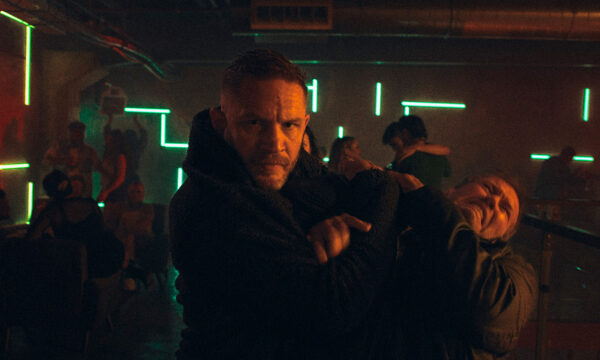
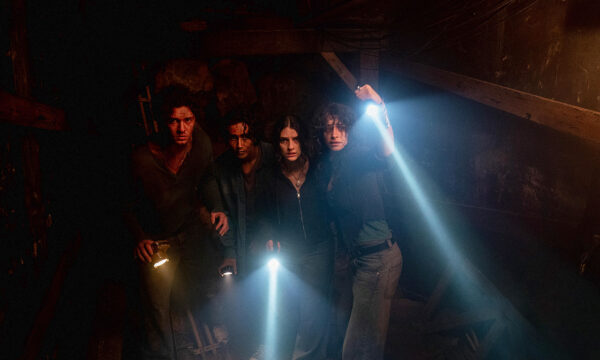
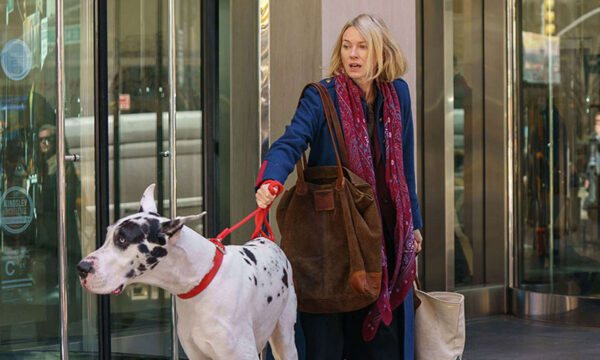
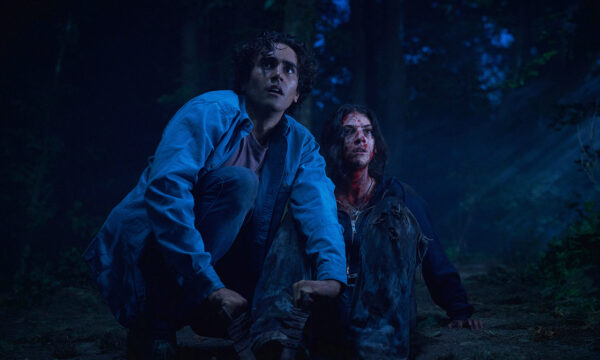
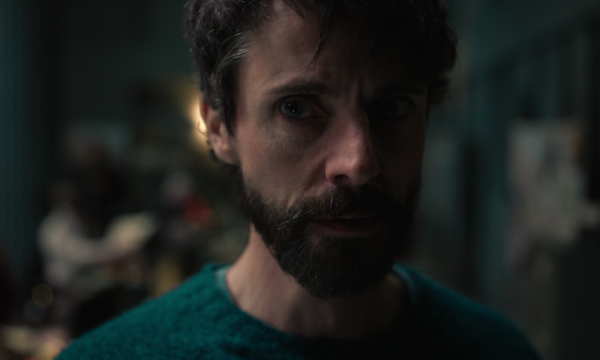
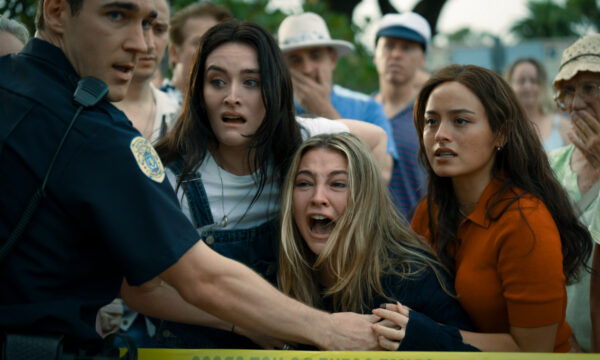
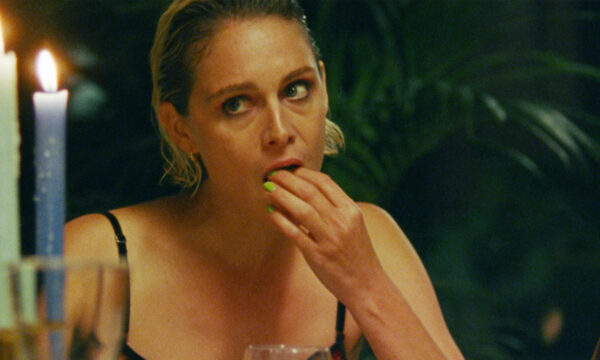
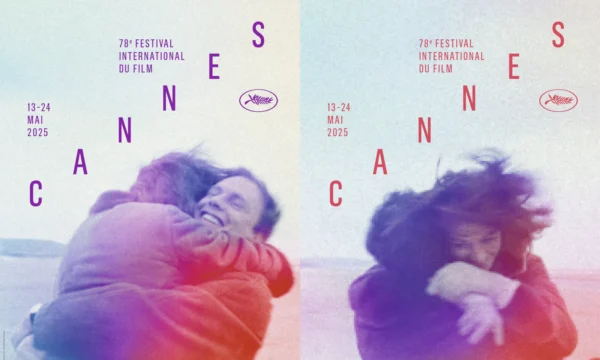
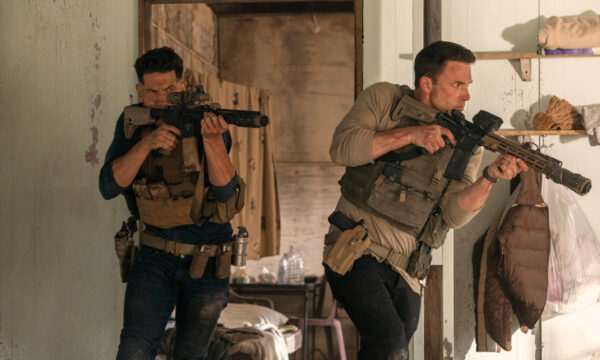













Facebook
Twitter
Instagram
YouTube
RSS